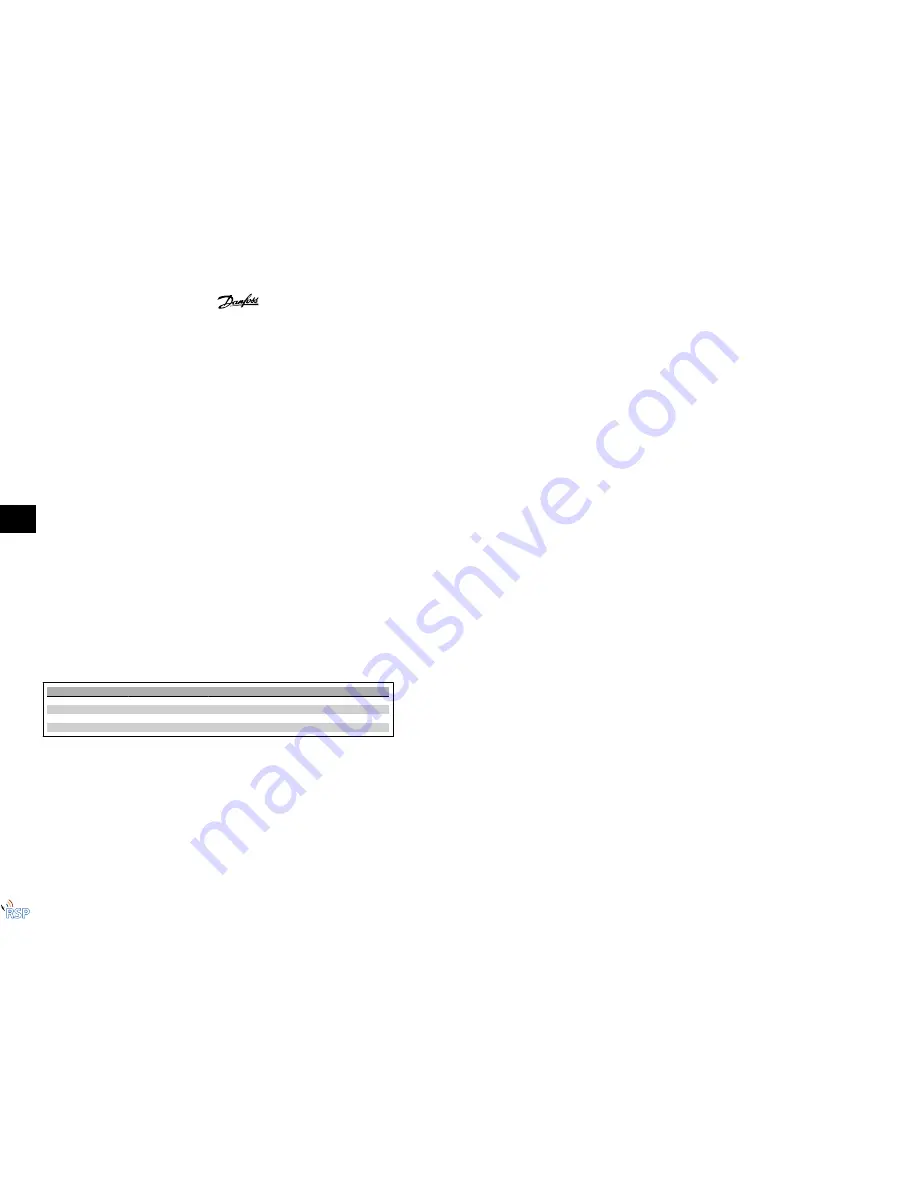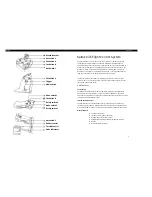
7.6 Modbus RTU Overview
7.6.1 Assumptions
This instruction manual assumes that the installed controller supports the interfaces in this document and that all the requirements stipulated in the
controller, as well as the frequency converter, are strictly observed, along with all limitations therein.
7.6.2 What the User Should Already Know
The Modbus RTU (Remote Terminal Unit) is designed to communicate with any controller that supports the interfaces defined in this document. It is
assumed that the user has full knowledge of the capabilities and limitations of the controller.
7.6.3 Modbus RTU Overview
Regardless of the type of physical communication networks, the Modbus RTU Overview describes the process a controller uses to request access to
another device. This includes i.a. how it will respond to requests from another device, and how errors will be detected and reported. It also establishes
a common format for the layout and contents of message fields.
During communications over a Modbus RTU network, the protocol determines how each controller will learn its device address, recognise a message
addressed to it, determine the kind of action to be taken, and extract any data or other information contained in the message. If a reply is required, the
controller will construct the reply message and send it.
Controllers communicate using a master-slave technique in which only one device (the master) can initiate transactions (called queries). The other devices
(slaves) respond by supplying the requested data to the master, or by taking the action requested in the query.
The master can address individual slaves, or can initiate a broadcast message to all slaves. Slaves return a message (called a response) to queries that
are addressed to them individually. No responses are returned to broadcast queries from the master. The Modbus RTU protocol establishes the format
for the master’s query by placing into it the device (or broadcast) address, a function code defining the requested action, any data to be sent, and an
error-checking field. The slave’s response message is also constructed using Modbus protocol. It contains fields confirming the action taken, any data to
be returned, and an error-checking field. If an error occurs in receipt of the message, or if the slave is unable to perform the requested action, the slave
will construct an error message and send it in response, or a time-out will occur.
7.7 Network Configuration
7.7.1 VLT Automation VT Drive with Modbus RTU
To enable Modbus RTU on the VLT Automation VT Drive, set the following parameters:
Parameter Number
Parameter name
Setting
8-30
Protocol
Modbus RTU
8-31
Address
1 - 247
8-32
Baud Rate
2400 - 115200
8-33
Parity/Stop bits
Even parity, 1 stop bit (default)
7 RS-485 Installation and Set-up
Automation VT Drive FC322 Design Guide
210
MG.20.X1.22 - VLT
®
is a registered Danfoss trademark
7
Remote Site Products - 1-888-532-2706 - www.remotesiteproducts.com
http://www.remotesiteproducts.com/p-20783-Danfoss-131X8145-VLT-Automation-VT-Drive-VFD-FC322-460V-.5-HP.aspx
















































